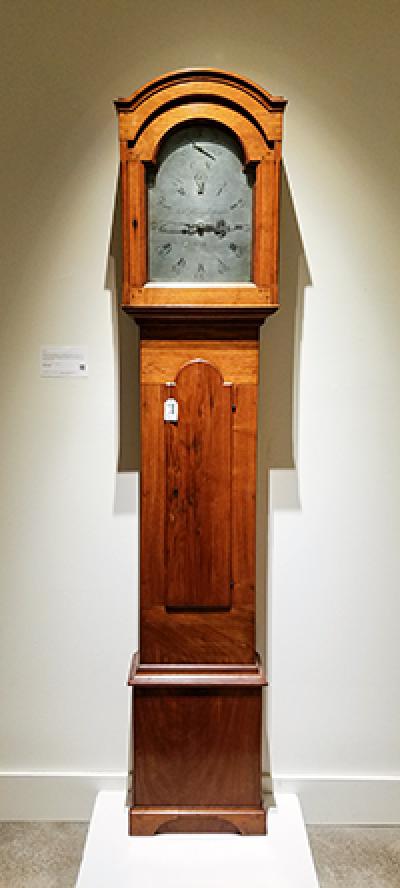Madoo in Manhattan Features an English Rose
Madoo in Manhattan Features an English Rose

“Madoo in Manhattan: The Fourth Annual Robert Dash Garden Design Lecture” will take place Wednesday at 6:30 p.m. at the Cosmopolitan Club in Manhattan. The guest speaker will be Jinny Blom, an award-winning British garden designer, whose subject will be “Changing Nature: Towards a New Landscape.”
Ms. Blom’s gardens for public institutions and private clients, including the Prince of Wales, run the gamut from therapeutic gardens to estates in Europe, Africa, and the United States. She is the author of the forthcoming “Thoughtful Gardener: An Intelligent Approach to Garden Design.”
A reception will follow her talk. Tickets are $150, $125 for members.





